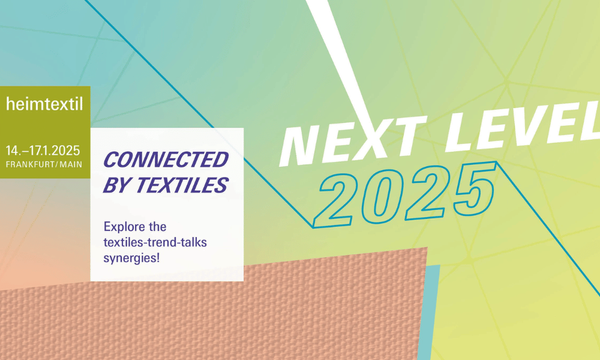The Future of AI in Textile Industry - Insights from Heimtextil 2025

Exploring the transformative impact of artificial intelligence on the textile industry, with exclusive insights from Heimtextil 2025
25th Jan 2025
Introduction
The textile industry is undergoing a remarkable transformation through artificial intelligence integration. Our recent attendance at Heimtextil 2025, the world's largest trade fair for home and contract textiles, provided us with firsthand insights into how AI is reshaping the future of textile manufacturing and design.
Current State of AI in Textiles
The textile industry has embraced AI technologies across various segments, revolutionizing traditional processes:
- Automated quality control and defect detection
- Predictive maintenance for machinery
- Smart inventory management
- AI-driven design and pattern generation
- Sustainable production optimization
- Supply chain automation
- Customer preference prediction
Insights from Heimtextil 2025
At Heimtextil 2025, we witnessed groundbreaking innovations that showcase the industry's direction. The exhibition highlighted several key developments:
- Smart Manufacturing Solutions
- AI-powered looms with real-time adjustment capabilities
- Automated color matching systems
- Intelligent fabric inspection systems
- Advanced robotics in material handling
- Sustainable Production
- AI algorithms optimizing resource usage
- Smart waste reduction systems
- Energy consumption prediction and optimization
- Eco-friendly material selection assisted by AI
- Design Innovation
- AI-generated pattern designs
- Virtual sampling and prototyping
- Customization at scale
- Trend prediction algorithms
Future Prospects
Based on our observations at Heimtextil 2025 and industry trends, several developments are expected:
- Advanced Manufacturing
- Integration of IoT sensors with AI analytics
- Fully automated production lines
- Predictive quality control
- Smart factory optimization
- Design and Development
- AI-powered design tools
- Virtual reality for product visualization
- Automated custom pattern generation
- Real-time design modifications
- Supply Chain and Inventory
- Blockchain integration for transparency
- Automated inventory management
- Demand prediction
- Smart logistics solutions
Challenges and Solutions
The implementation of AI in textiles faces several challenges:
- Technical Challenges
- Integration with legacy systems
- Data quality and standardization
- Training requirements for staff
- Initial investment costs
- Implementation Barriers
- Resistance to change
- Skill gap in workforce
- Data security concerns
- ROI uncertainty
Best Practices for AI Integration
To successfully implement AI in textile operations:
- Strategic Planning
- Start with pilot projects
- Focus on high-impact areas
- Ensure scalability
- Invest in training
- Data Management
- Implement robust data collection
- Ensure data quality
- Maintain security protocols
- Regular system updates
- Change Management
- Employee training programs
- Clear communication
- Phased implementation
- Regular feedback collection
Industry Impact
The integration of AI is creating significant impacts:
- Operational Efficiency
- Reduced production time
- Lower operational costs
- Improved quality control
- Enhanced resource utilization
- Market Competitiveness
- Faster time to market
- Better product customization
- Improved customer satisfaction
- Enhanced sustainability
Conclusion
Our experience at Heimtextil 2025 confirmed that AI is not just a trend but a fundamental shift in how the textile industry operates. The innovations we witnessed demonstrated that AI integration is crucial for staying competitive in the modern textile market. As we move forward, companies that embrace these technologies while addressing the associated challenges will lead the industry's transformation.
The future of textiles lies in the successful integration of AI technologies with traditional manufacturing expertise. By staying informed about the latest developments and implementing appropriate solutions, businesses can position themselves for success in this evolving landscape.
Remember to stay updated with the latest AI developments in textiles, as the technology continues to evolve rapidly, bringing new opportunities and challenges to the industry.